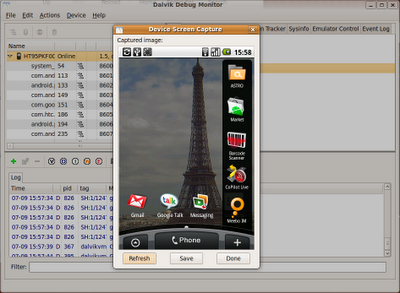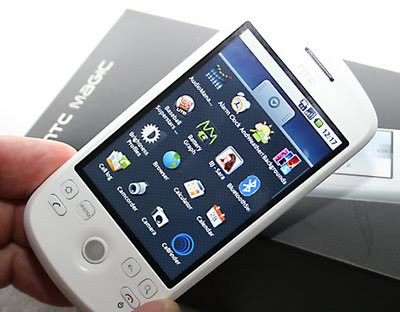Fun with the iGala picture frame

NOTE: This is an old article that I never got around to finishing. So it might or might not still be relevant. Turns out iGala is about to launch Android support for the frame, but until then, I suspect the following could still be of interest to some. One of the most geeky of shopping sites must be thinkgeek.com. They have many wonderful and useless items to appeal to the geek inside of you, hell even my wife had a blast reading their catalog. Anyway, one of the items they sell (exclusively apparently) is the iGala digital picture frame, from Aequitas Technologies. Now I've come across countless of these, but the iGala is one of the few ones running an easy-to-access embedded Linux. In the following I will show what I mean and provide some documentation that I have collected. Probing the frame from outside It's an 8" LCD, capable of a 800x600 resolution and with a resistive touch membrane in front. Apart from that, not much info is given to the consumer - in spite...



